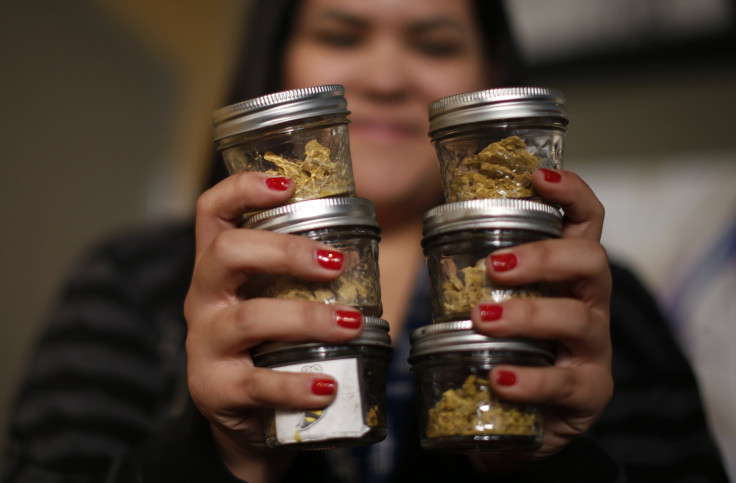Can Marijuana Black Market Compete With Legalized Industry?
Will Marijuana Black Markets Still Thrive?

The decades-long push to legalize marijuana hasn’t been just about allowing more people to get high. It’s also a way to de-escalate the so-called war on drugs, advocates say. Supporters insist that government-regulated pot will drive customers to legal retailers and away from the black markets, which funnel money into violent gangs and Mexican drug cartels. Now, with legalization spreading rapidly, evidence suggests that legal sellers are becoming viable competitors to illicit networks.
“To say that [black markets] haven’t been affected would just be crazy,” said Mason Tvert of the pro-legalization Marijuana Policy Project, in a phone interview from Denver. “Obviously we’re not going to see a complete elimination of an underground market that’s grown over the last 80 years within the course of the past 11 months. But it’s clearly having a major impact, not only at the state and local level but internationally as well.”
Competition within the growing marketplace of sanctioned sellers is helping to bring the price of legal weed closer to black-market rates.
“When sales started [in Colorado] in January, people were saying the prices was too high, but that’s not going to be the case for long. Even then, a lot of businesses weren’t even open yet,” Tvert said. He pointed out that prices have changed drastically over the past 12 months. In January, 1/8 of an ounce of marijuana costs roughly $60 to buy in a store, including tax. “Now, I’m seeing prices around $30,” he said.
To be sure, black markets still exist in Colorado and Washington, where marijuana is now sold legally, as the New York Times and Washington Post reported in recent months. Many users and sellers still operate the old-fashioned way, thanks to taxes and overhead costs that stores pass on to consumers. In Washington, for example, marijuana operators aren’t allowed to claim tax credits because federal tax rules still classify marijuana as an illegal substance.
Despite the legalization, many customers still don’t have easy access to retail stores, and are therefore more likely to stick with what they know.
Today, the U.S. legal marijuana industry is worth roughly $1.5 billion, and is expected to hit $10.2 billion in the next five years. With that growth comes further competition, which, experts say, should drive down prices and draw more customers away from street corners and into retail stores. But this will take a matter of years, not months.
"I don’t think everybody who’s going to be out is out yet," said Peter Reuter, a senior economist at RAND Corporation, a Santa Monica, California-based research organization. He emphasized that even in Colorado the legal supply is still growing. Aurora, the third-largest city in Colorado, opened its first stores in October. “The [black] market’s going to shrink a lot.”
On the demand side, illegal pot could become a less lucrative business in the near future, as a large part of its remaining customer base – teenagers who aren’t old enough to buy it in stores -- don’t seem as interested. Recent data from the University of Michigan and the National Institutes on Drug Abuse released this week show that teen marijuana use declined this year.
Signs of shrinkage are also showing up on the supply side. As far as Mexico, pot growers are fretting about ever-falling prices. As NPR reported, while they could once sell a kilogram of marijuana for up to $90, prices are now falling to between $30 and $40, making the illegal industry less worthwhile. Many farmers are switching over to opium, which is more profitable, according to the Washington Post.
CORRECTION: This article has been corrected to show Mr. Tvert quoting the price of 1/8 of an ounce of marijuana, not eight ounces.
© Copyright IBTimes 2024. All rights reserved.





















